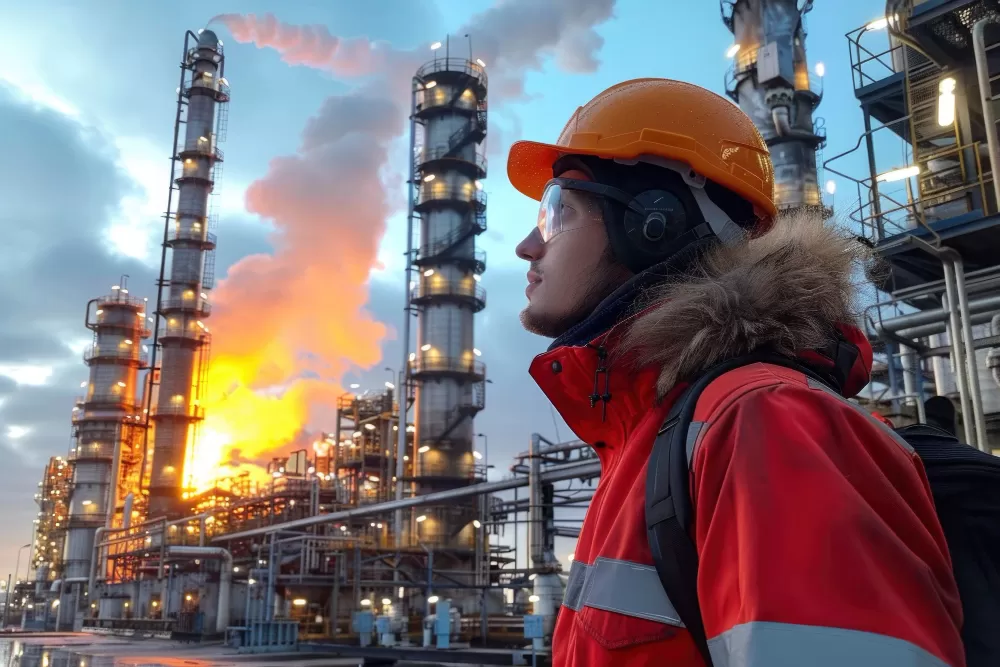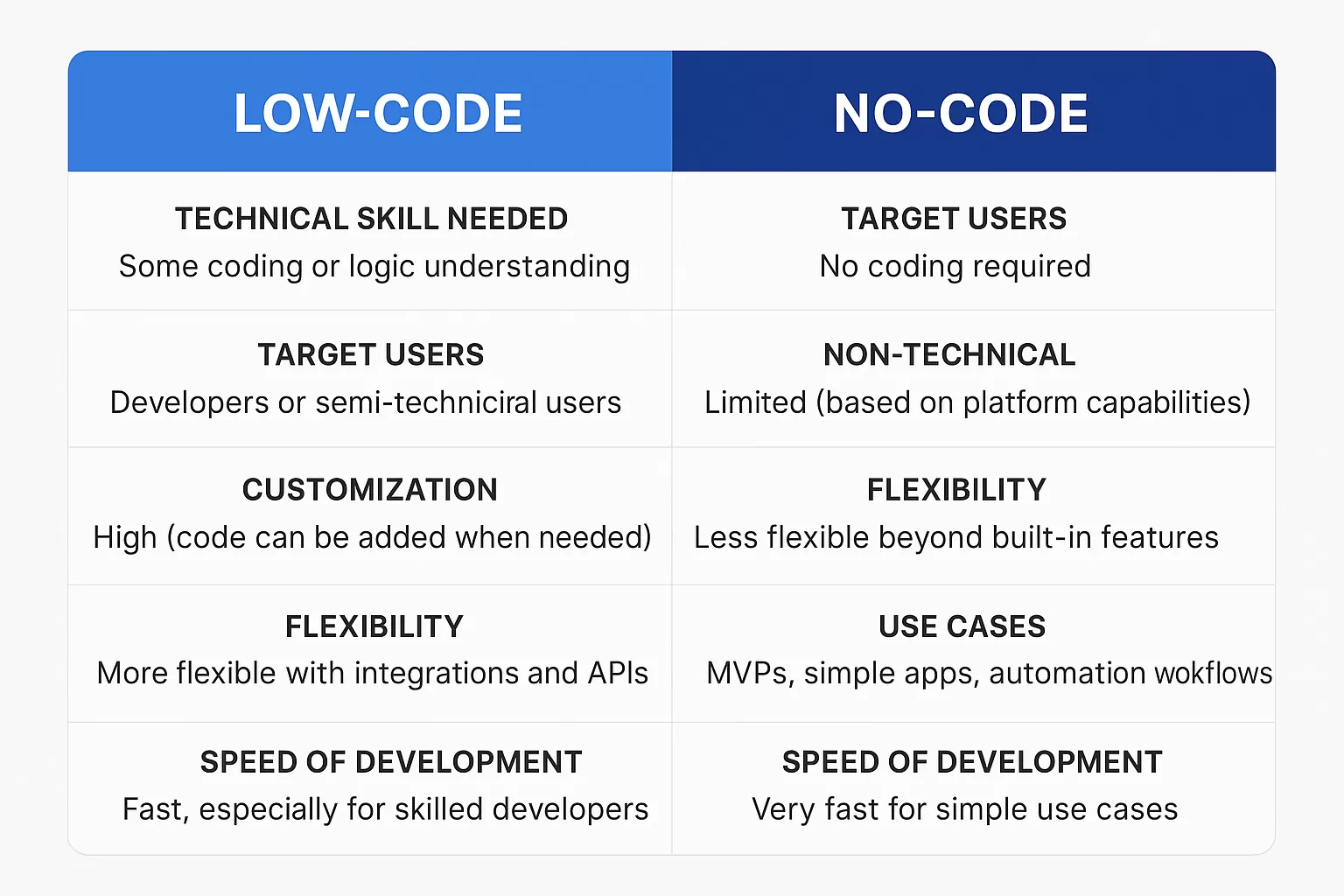AI and the Energy Sector: Shaping the Future of Oil and Gas
The energy sector, particularly oil and gas, is experiencing a transformative shift with the integration of Artificial Intelligence (AI). As the industry faces increasing demands for efficiency, sustainability, and safety, AI technologies are playing a crucial role in optimizing operations, reducing costs, and enabling more environmentally friendly practices. Here’s how AI is shaping the future of the oil and gas industry:
1. Predictive Maintenance
- AI for Equipment Monitoring: One of the biggest challenges in the oil and gas industry is maintaining complex machinery and infrastructure, which is often located in remote and harsh environments. AI can predict when equipment will fail by analyzing data from sensors embedded in machinery, such as pumps, turbines, and drilling rigs.
- How It Works: AI models use machine learning algorithms to continuously monitor sensor data and identify early signs of wear and tear or potential failures. By analyzing historical maintenance data and real-time sensor information, AI can predict issues before they happen, allowing operators to schedule maintenance proactively.
- Impact: This predictive maintenance helps prevent unexpected breakdowns, minimize downtime, and reduce maintenance costs. It also enhances safety by reducing the risk of catastrophic failures.
2. Optimizing Exploration and Production
- AI in Geophysical Analysis: AI is transforming the way oil and gas companies explore and extract resources. Machine learning and data analytics are used to process and analyze vast amounts of geological and geophysical data, helping identify potential drilling sites with greater precision.
- How It Works: AI algorithms can process seismic data, geological surveys, and satellite imagery to predict the locations of untapped reserves. These models can detect patterns in subsurface structures that might be missed by traditional methods, allowing companies to optimize exploration efforts.
- Impact: This leads to more efficient resource discovery, reducing exploration costs and improving the success rate of drilling operations. Additionally, AI helps minimize environmental disruption by pinpointing the best locations for extraction.
3. Real-Time Data Analytics for Decision-Making
- AI for Enhanced Decision Support: In the oil and gas industry, quick and informed decision-making is crucial. AI tools analyze vast amounts of real-time data to provide decision-makers with insights into drilling operations, production, supply chain management, and even market trends.
- How It Works: AI can analyze data from sensors, weather forecasts, and market signals to recommend optimal operational strategies, whether it's adjusting drilling speed, changing production schedules, or refining supply chain logistics.
- Impact: By providing data-driven insights, AI enables more informed and timely decisions, improving the efficiency and profitability of oil and gas operations while reducing risk and uncertainties.
4. Automation of Drilling and Operations
- AI in Autonomous Drilling: The introduction of AI-driven autonomous drilling is revolutionizing how oil and gas are extracted. Robotic systems, powered by AI, are capable of performing tasks such as well drilling, monitoring, and maintenance with little to no human intervention.
- How It Works: AI-powered systems use advanced algorithms to control drilling rigs, monitor performance, and make real-time adjustments based on conditions like pressure, temperature, and drill bit wear. This allows for continuous operations without human oversight.
- Impact: Autonomous drilling increases operational efficiency, reduces human error, and improves safety, particularly in hazardous or remote locations. It also leads to more precise drilling, reducing the environmental impact of extraction activities.
5. Optimizing Energy Consumption
- AI for Energy Efficiency: AI is playing a critical role in optimizing energy use in the oil and gas industry. By analyzing real-time data on energy consumption patterns across various operations, AI can suggest improvements and identify inefficiencies.
- How It Works: AI algorithms can predict energy demand and suggest optimization strategies, such as adjusting equipment settings, reconfiguring operations, or shifting workloads to times of lower energy consumption. This can help companies reduce energy waste and lower their carbon footprint.
- Impact: AI helps companies lower energy consumption, reduce operational costs, and improve their overall sustainability. It also aligns the industry with increasing environmental regulations and societal pressure to reduce carbon emissions.
6. Enhancing Safety and Risk Management
- AI for Risk Prediction: Safety is a top priority in the oil and gas industry, which deals with high-risk environments. AI is used to analyze data from sensors and past incident reports to predict potential safety hazards or operational risks.
- How It Works: AI algorithms can detect anomalous patterns that could indicate impending safety issues, such as gas leaks, equipment malfunctions, or environmental hazards. They can also analyze data from drones and satellites to monitor environmental conditions around rigs and pipelines.
- Impact: AI-driven risk management and safety systems reduce the likelihood of accidents, protect workers, and help prevent costly environmental disasters. These predictive systems ensure that safety protocols are proactively followed, reducing the risk of operational disruptions and regulatory fines.
7. Environmental Impact Reduction
- AI in Environmental Monitoring: AI is being used to monitor and reduce the environmental impact of oil and gas activities. By analyzing environmental data from sensors and satellite imagery, AI can identify potential sources of pollution, monitor the health of ecosystems, and ensure compliance with environmental regulations.
- How It Works: AI systems can detect methane leaks, monitor air and water quality, and track changes in wildlife habitats in real time. In addition, AI can model the potential environmental impact of drilling and extraction activities before they take place, enabling companies to implement sustainable practices.
- Impact: By identifying pollution hotspots and reducing operational emissions, AI supports the industry’s push for greener practices, helping companies reduce their environmental footprint and improve their public image.
8. Supply Chain Optimization
- AI for Logistics and Supply Chain: In the oil and gas sector, managing the supply chain efficiently is crucial due to the complexity and cost of moving materials, equipment, and products. AI is increasingly being used to optimize logistics, inventory management, and procurement processes.
- How It Works: AI algorithms analyze data on shipping routes, weather patterns, and demand forecasts to optimize the timing and routes for transporting oil, gas, and materials. AI can also predict supply chain disruptions, such as delays due to weather or geopolitical events, and recommend alternative strategies.
- Impact: This results in reduced transportation costs, improved inventory management, and a more resilient supply chain, ensuring that the oil and gas sector operates smoothly and without interruptions.
9. AI in Carbon Capture and Storage (CCS)
- AI for CCS Efficiency: One of the most significant environmental challenges facing the oil and gas industry is reducing carbon emissions. AI is being used to optimize carbon capture and storage (CCS) technologies, which are critical to reducing CO2 emissions from industrial activities.
- How It Works: AI can model geological formations, predict the movement of CO2 within storage sites, and optimize the parameters of the capture process to maximize efficiency and minimize leaks.
- Impact: The integration of AI into CCS technologies makes it possible to more effectively capture and store carbon, contributing to climate change mitigation efforts and enabling the oil and gas industry to reduce its overall environmental impact.
10. AI for Regulatory Compliance
- AI in Compliance Monitoring: Oil and gas companies operate in a highly regulated environment, with numerous national and international regulations governing everything from environmental standards to safety procedures. AI helps ensure that companies comply with these regulations by automating compliance monitoring.
- How It Works: AI can monitor activities in real time, comparing them to regulatory standards and flagging potential violations. It can also help manage the vast amounts of documentation required for compliance and facilitate audits.
- Impact: By streamlining compliance processes and reducing human error, AI helps companies avoid costly fines, legal issues, and reputational damage. It also ensures that safety and environmental regulations are strictly followed, improving the industry’s reputation.
Conclusion: AI as a Game Changer for Oil and Gas
AI is playing a pivotal role in reshaping the oil and gas sector, helping companies tackle some of their most pressing challenges, including cost reduction, efficiency, sustainability, and safety. By leveraging AI for predictive maintenance, resource exploration, real-time data analysis, and environmental monitoring, the industry can improve its operational performance while reducing its environmental footprint.
As AI technologies continue to evolve, their potential to revolutionize the oil and gas sector will only grow. The future will likely see even more sophisticated AI applications that not only optimize operations but also help the industry transition toward more sustainable and environmentally responsible practices. The key for oil and gas companies will be to continue integrating AI in ways that balance operational efficiency with sustainability, ensuring that AI-driven innovations contribute positively to both the bottom line and the planet.











